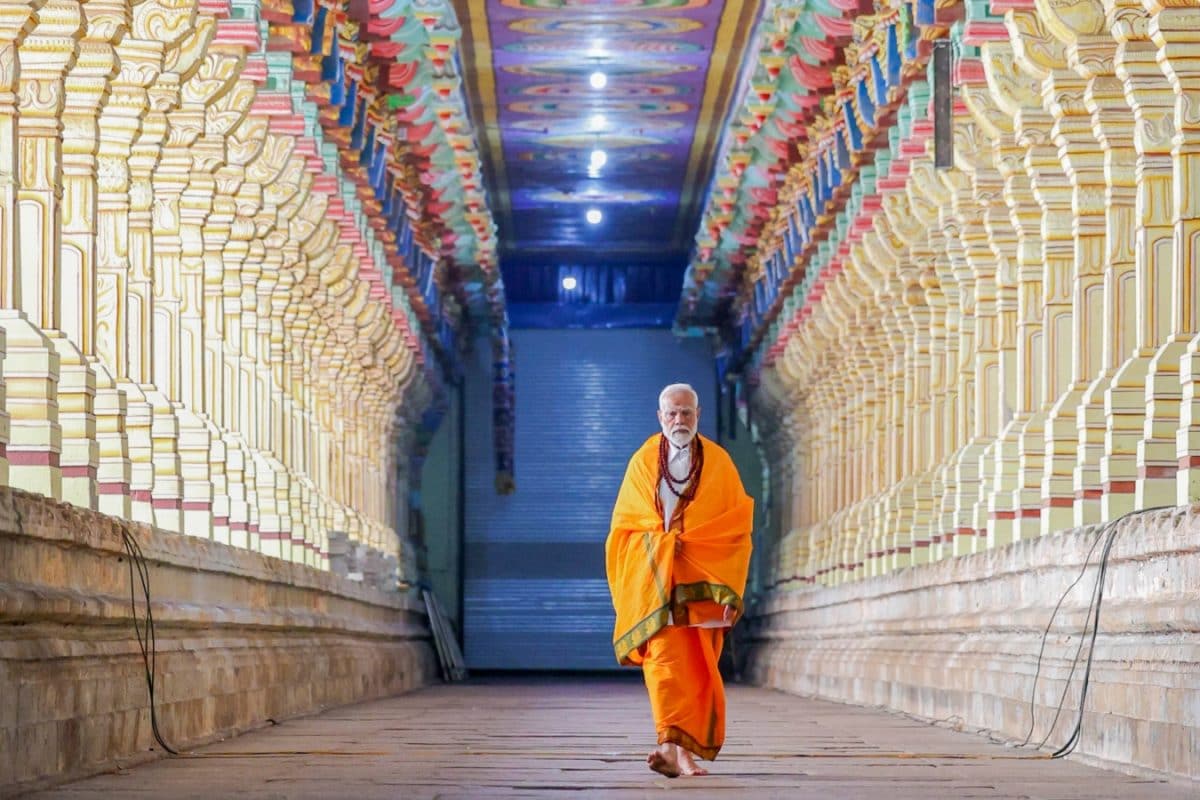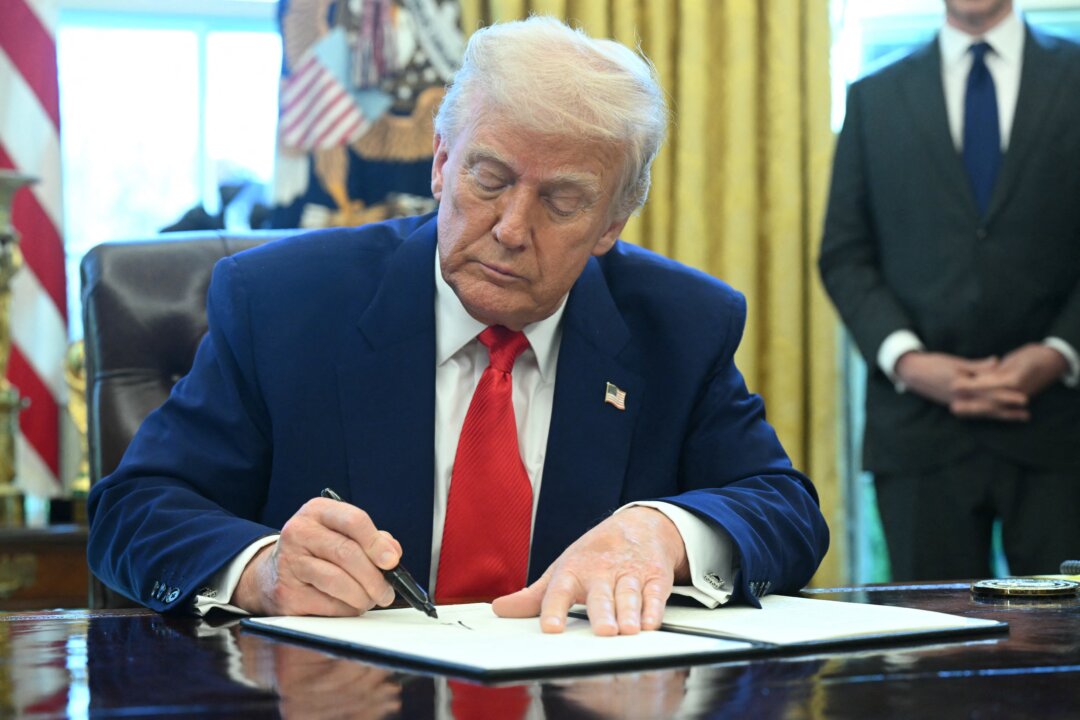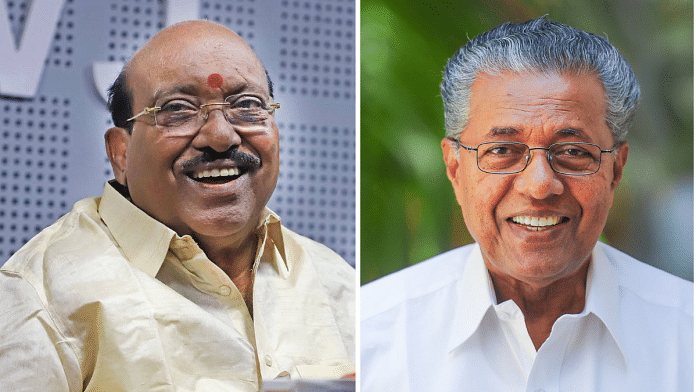By invoking the Ramayana’s historical and spiritual ties across South and Southeast Asia, Prime Minister Narendra...
Read More In international diplomacy, policies dictate the formal script, but cultural ties shape the real connections. Prime Minister Narendra Modi understands this well, skilfully blending strategic alliances with civilisational outreach. His recent engagements—spanning the BIMSTEC Summit, a visit to Thailand and Sri Lanka, and a concluding stop at Rameswaram—are more than just high-level meetings.

They weave together a broader cultural and geopolitical narrative, rooted in the shared legacy of Lord Ram. The timing of Modi’s visits is no coincidence. Arriving in Thailand and Sri Lanka just ahead of Ram Navami, then visiting Rameswaram on the festival itself, sends a strong message.
By invoking the Ramayana’s historical and spiritual ties across South and Southeast Asia, PM Modi is reinforcing India’s position as a cultural anchor in the region. This is not just about diplomatic agreements—it’s about strengthening a deeper, more enduring bond. Thailand, Myanmar, and Sri Lanka all have strong connections to the Ramayana.
The Thai version, the Ramakien, is deeply embedded in their royal traditions, with the current monarch titled Rama X. In Sri Lanka, the epic is not just mythology; it’s a part of their historical consciousness. By highlighting these ties, Modi transcends policy discussions, reminding these nations of their shared heritage with India.
The connection between these regions and India is ancient. Long before modern borders, maritime trade routes linked them, spreading ideas, art, and faith. Emperor Ashoka sent his daughter, Sanghamitta, to Sri Lanka in 250 BCE with a sapling of the Bodhi Tree, cementing civilisational exchanges.
Thailand’s Mon and Khmer kingdoms absorbed Indian scripts and epics, evolving them into their own cultural forms. Tamralipti, an ancient Indian port, was a key node in this exchange. PM Modi’s approach echoes this historical outreach.
Just as Ashoka used Buddhism as a diplomatic tool, the Prime Minister employs India’s cultural and spiritual legacy to build goodwill. His participation in the BIMSTEC Summit is not just about economic and security cooperation—it’s about reaffirming India’s historical role in the region. The Prime Minister’s visit to Thailand (April 3-4) for the BIMSTEC Summit aligns with India’s “Act East" and “Neighbourhood First" policies.
The summit focuses on security, trade, and connectivity, but cultural symbolism is woven throughout. His meeting with King Rama X, who embodies Thailand’s Ramayana legacy, and his presence at a Ramakien performance highlight the enduring cultural connections. By aligning the visit with Ram Navami, Modi is not just engaging in protocol but reinforcing India’s civilisational ties.
In a region where China’s influence is growing, cultural diplomacy provides India with an edge—one that resonates beyond trade deals and infrastructure projects. PM Modi’s Sri Lanka visit blends policy with historical reverence. His meeting with President Anura Kumara Dissanayake aims at strengthening economic ties, including India-assisted infrastructure projects.
Yet, it is his visit to the Jaya Sri Maha Bodhi Temple in Anuradhapura that carries deeper significance. The Bodhi Tree sapling, brought from India over two millennia ago, symbolizes the spiritual bond between the two nations. This visit just before Ram Navami evokes the Ramayana’s narrative of Lord Ram’s Lanka journey, subtly linking mythology with modern geopolitics.
It also serves as a reminder of India’s longstanding role as a regional spiritual and cultural leader—contrasting with China’s more transactional approach to diplomacy. The final leg of Modi’s journey, on Ram Navami itself, is in Rameswaram. Here, he offers prayers at the Ramanathaswamy Temple and inaugurates the new Pamban Bridge.
At first glance, the bridge is a purely infrastructural achievement—a modern engineering marvel improving connectivity. But its deeper symbolism is unmistakable. Rameswaram is where Ram is believed to have built the bridge to Lanka with Hanuman’s aid.
The new Pamban Bridge, linking the mainland to Rameswaram, mirrors this mythology. Modi’s presence here reinforces the idea that India is not just building physical infrastructure but also metaphorical bridges—between past and present, tradition and progress. PM Modi’s itinerary is a masterclass in cultural diplomacy.
The BIMSTEC Summit helps counter China’s influence in the Bay of Bengal. His Thailand and Sri Lanka visits strengthen India’s regional ties through shared heritage. The Pamban Bridge inauguration on Ram Navami symbolically ties infrastructure to India’s civilisational outreach.
This approach is not new. In 326 BCE, Chandragupta Maurya, guided by Kautilya, used cultural diplomacy to strengthen alliances. Emperor Ashoka followed suit, spreading Buddhism as a soft power tool.
Modi’s strategy echoes these historical precedents, using India’s cultural depth to reinforce its modern diplomatic objectives. India’s rise is not just about economic growth or military power—it’s also about reasserting its civilisational identity. Whether engaging with King Rama X, honouring the Bodhi Tree, or inaugurating a bridge on Ram Navami, Modi is crafting a narrative where India’s past informs its future.
In a world where soft power is as crucial as hard power, this blend of heritage and modernity offers India a unique advantage. Just as Ram built a bridge to Lanka, Modi is building connections that transcend borders, ensuring that India remains a vital force in shaping the region’s future. Some sceptics may view this diplomatic approach as incongruous in our transactional global marketplace, where nations function on strict give-and-take principles.
Yet, the sterile relationships of commerce provide little shelter in difficult times; only the profound connections of shared heritage offer genuine resilience. These relationships, cultivated over centuries, have withstood the hurricanes of history and will continue to endure whatever storms the future may bring. The writer is a senior broadcast journalist who writes on cultural diplomacy.
Views expressed in the above piece are personal and solely those of the author. They do not necessarily reflect News18’s views..
Politics

Opinion | From BIMSTEC To Rameswaram: PM Modi’s Ram Diplomacy

By invoking the Ramayana’s historical and spiritual ties across South and Southeast Asia, Prime Minister Narendra Modi is reinforcing India’s position as a cultural anchor in the region















